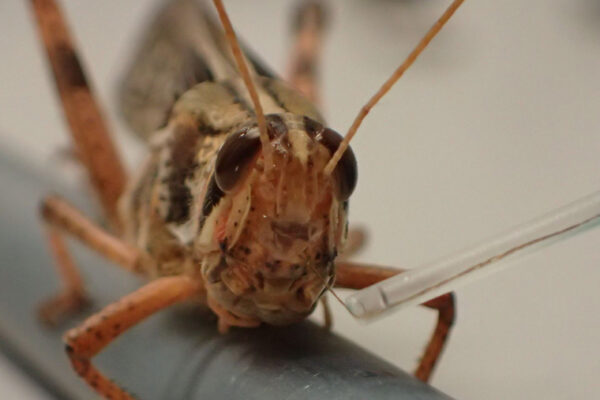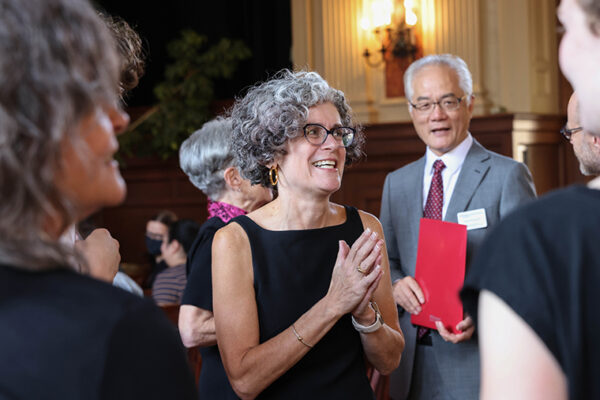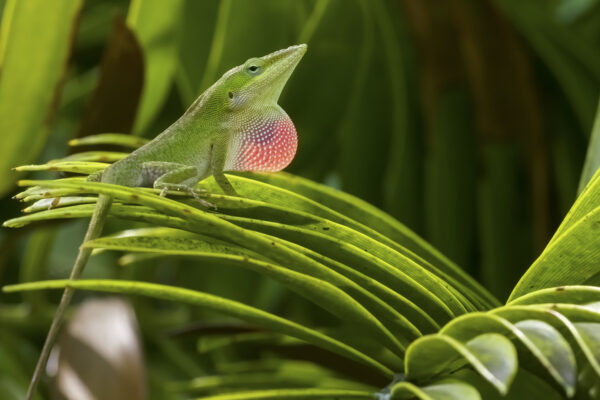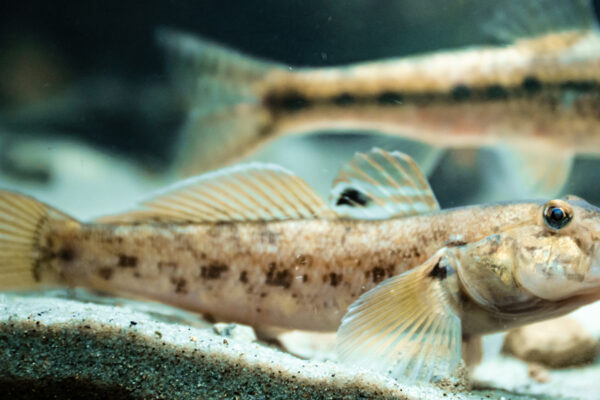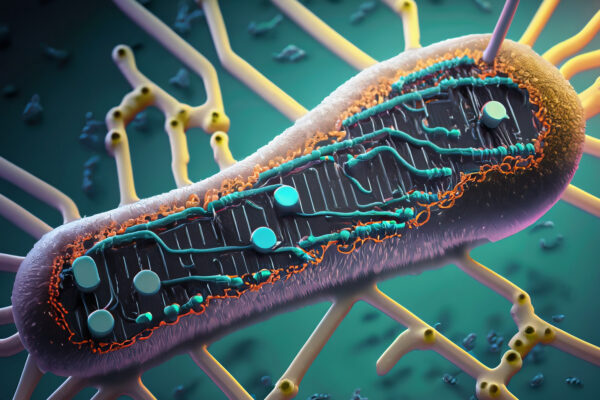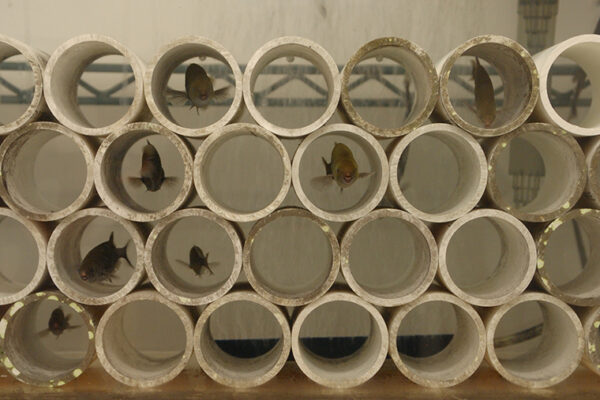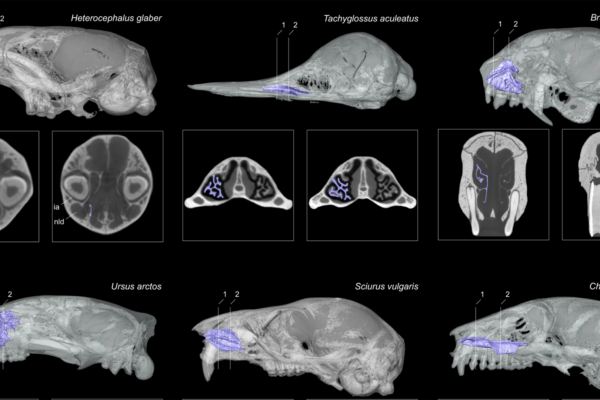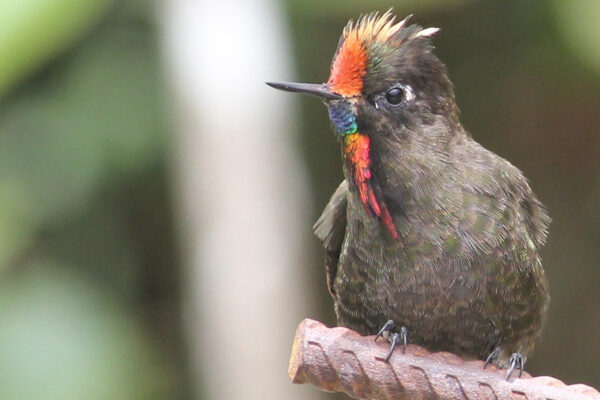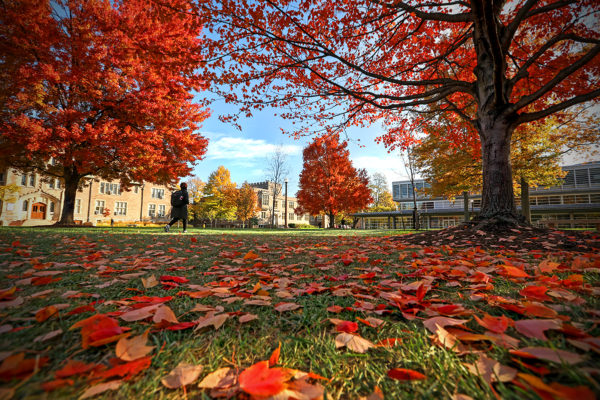Engineers to build cyborg locusts, study odor-guided navigation
Researchers at the McKelvey School of Engineering have long sought to understand the power of locusts’ sensing, computing and locomotory capabilities.
Levin installed as a George William and Irene Koechig Freiberg Professor of Biology
Petra Levin, a professor of biology in Arts & Sciences, was installed as a George William and Irene Koechig Freiberg Professor of Biology in a Sept. 19 ceremony held in Holmes Lounge. Her installation address was titled “The Environment Matters.”
No lizard is an island
New research from Washington University in St. Louis and the Georgia Institute of Technology directly measures the long-term survival of lizards in the wild, providing a more complete explanation of how evolution plays out among species that live side-by-side.
Using environmental DNA for fish monitoring
Kara Andres, a Living Earth Collaborative postdoctoral researcher, used eDNA to follow invisible trails of genetic information from fish. While her original study probed the Great Lakes, her recent work is focused on microbial communities in local waterways.
Unveiling the hidden world of gene regulation
Researchers led by Fuzhong Zhang at the McKelvey School of Engineering developed a synthetic biology tool to comprehensively reveal gene regulatory networks in E. coli.
Race-based variations in gut bacteria emerge by 3 months of age
A study from biologist Elizabeth Mallott in Arts & Sciences highlights a critical development window during which racial differences in the gut microbiome emerge. Early social and environmental exposures can have large and lasting effects on child development and adult health.
Hormone alters electric fish’s signal-canceling trick
New research from Washington University in St. Louis shows that testosterone — which naturally triggers male electric fish to broadcast slightly different signals during the breeding season — also alters a system in the fish’s brain that enables the fish to ignore its own signal. The study by biologists Matasaburo Fukutomi and Bruce Carlson in Arts & Sciences is published in Current Biology.
Fossil skulls alone cannot predict if animal was warm blooded
Biologist Stan Braude in Arts & Sciences was part of a team that analyzed CT scans of the heads of more than 300 mammals to determine whether certain structures in the nasal cavity play a pivotal role in body temperature maintenance.
How birds adapt to extreme temperatures
Most bird families have adapted to changes in ambient temperature by changing both their bodies and their bills simultaneously, according to biologist Justin Baldwin in Arts & Sciences, first author of a new study in Nature Communications.
Study looks at summer solstice effect
For the first time, a study by researchers including biologist Susanne Renner in Arts & Sciences helps solve the mystery of the timing of falling leaves in autumn by revealing the pivotal role of the summer solstice.
Older Stories
